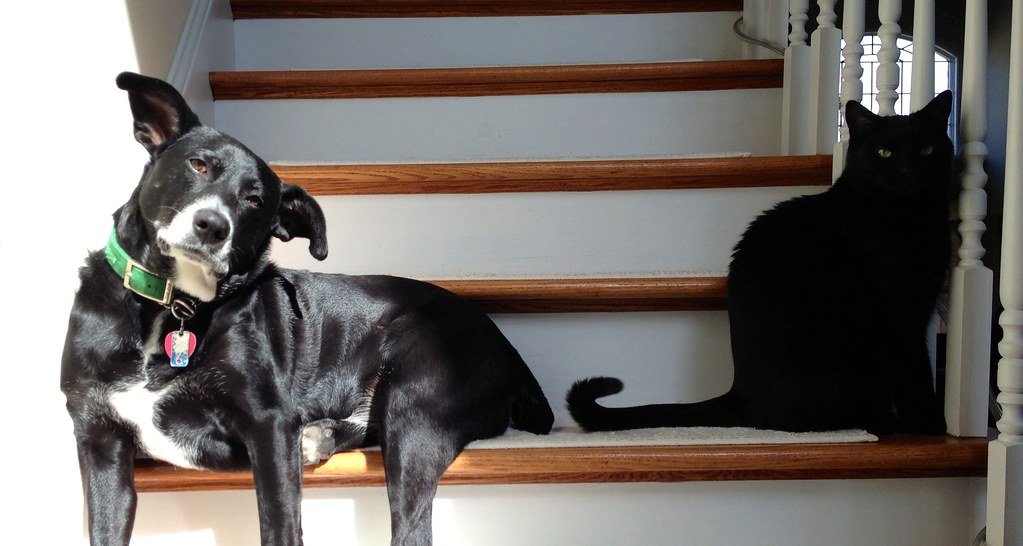Black Dog and Black Cat Syndrome refers to the heartbreaking trend where darker-coated pets are often overlooked in shelters. Despite being just as loving, healthy, and well-behaved as their lighter-colored companions, black pets face longer adoption wait times. Some say it’s due to outdated superstitions, while others blame it on lighting challenges in photos. Whatever the reason, it’s time to break the bias. These beautiful animals deserve just as much love—and they look stunning in every season! Adopting a black pet can be a simple act that challenges stereotypes and literally saves a life. Plus, nothing beats the elegance of a sleek black coat paired with a wagging tail or a soothing purr.
The Unseen Struggle: What Is Black Dog and Black Cat Syndrome?
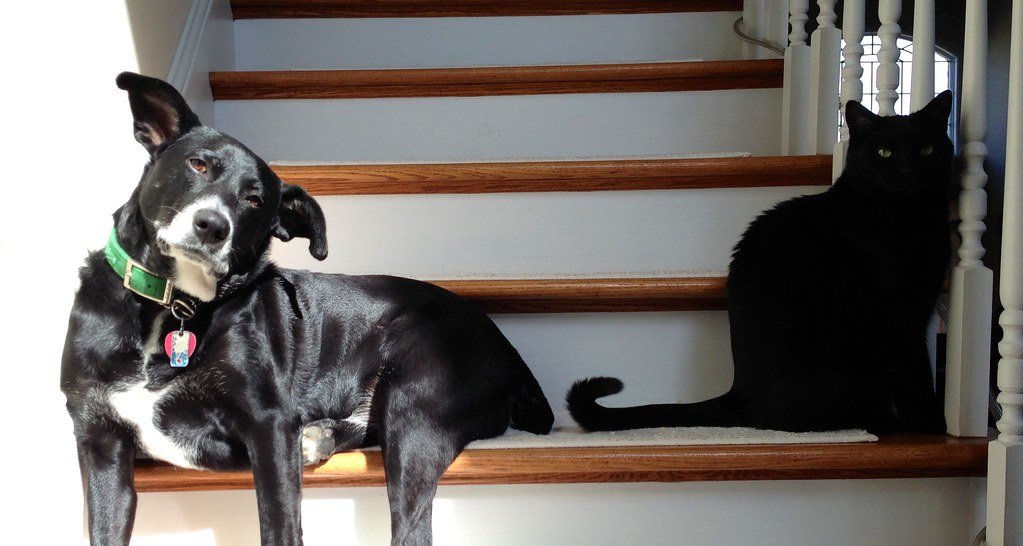
There’s a quiet heartbreak happening in animal shelters around the world. Black Dog and Black Cat Syndrome refers to the troubling trend where animals with black fur are overlooked for adoption far more often than their lighter-coated peers. Imagine rows of hopeful faces in kennels, and time after time, the black ones are left behind. This isn’t just a fluke; studies from rescue organizations have shown that black dogs and cats tend to wait longer for homes. The reasons behind this phenomenon are a mix of age-old superstitions, negative stereotypes, and even the way black fur photographs under harsh lighting. If you’ve ever walked through a shelter and noticed more black animals than any other color, you’ve witnessed the syndrome in action. The reality is, black dogs and cats are just as loving, playful, and deserving of homes, but they face a steep uphill battle. It’s a struggle that’s invisible to many but heartbreaking for those who care.
Superstitions and Stigma: The Roots of the Problem
Why do black cats and dogs have such a tough time getting adopted? The answer stretches back centuries. Black cats, for instance, have been tangled in a web of superstition for hundreds of years—often unfairly associated with witches, bad luck, or omens of doom. Meanwhile, black dogs, especially larger breeds, have sometimes been painted as menacing or aggressive in popular culture and folklore. These deep-seated beliefs linger, subtly affecting how people view black-furred animals even today. It’s astonishing how a color can carry so much baggage. For some, the idea of a black cat crossing their path still sparks unease. But when you meet these animals in person, you realize how baseless those fears are. They’re as sweet, silly, and soulful as any other pet, and their struggles stem from stories that should have been left in the past.
The Power of First Impressions: Appearance Matters
It’s a sad truth: looks matter, even for animals hoping for a second chance. Black dogs and cats are often harder to photograph, making them appear less expressive or inviting in online adoption profiles. Shelters try their best, but bright lighting can make their features hard to distinguish, and their soulful eyes might get lost in the shadows. When potential adopters scroll through pages of animals, it’s all too easy to skip over the black ones, simply because their photos don’t pop. In person, these pets are beautiful, with shimmering coats and glowing eyes, but digital first impressions can be tough to overcome. This is one reason why black animals seem to “blend in” to the background—literally and figuratively—making it harder for them to catch the eye of someone looking for a new furry friend.
Shelter Life: Longer Waits, Greater Risks
For black dogs and cats, shelter life can be especially challenging. Because they’re adopted less frequently, they often spend much longer in the shelter than other animals. This extra time can take a toll, both emotionally and physically. The longer an animal stays, the more likely they are to become withdrawn or stressed, making them even less likely to attract adopters. In overcrowded shelters, black animals sometimes face higher risks of euthanasia simply due to space limitations. This harsh reality can break the hearts of shelter workers, who see firsthand how these animals are passed over time and again. Every day spent waiting for a family is a day lost from the life they deserve—full of love, play, and belonging.
Personality Shines Through: Myths vs. Reality
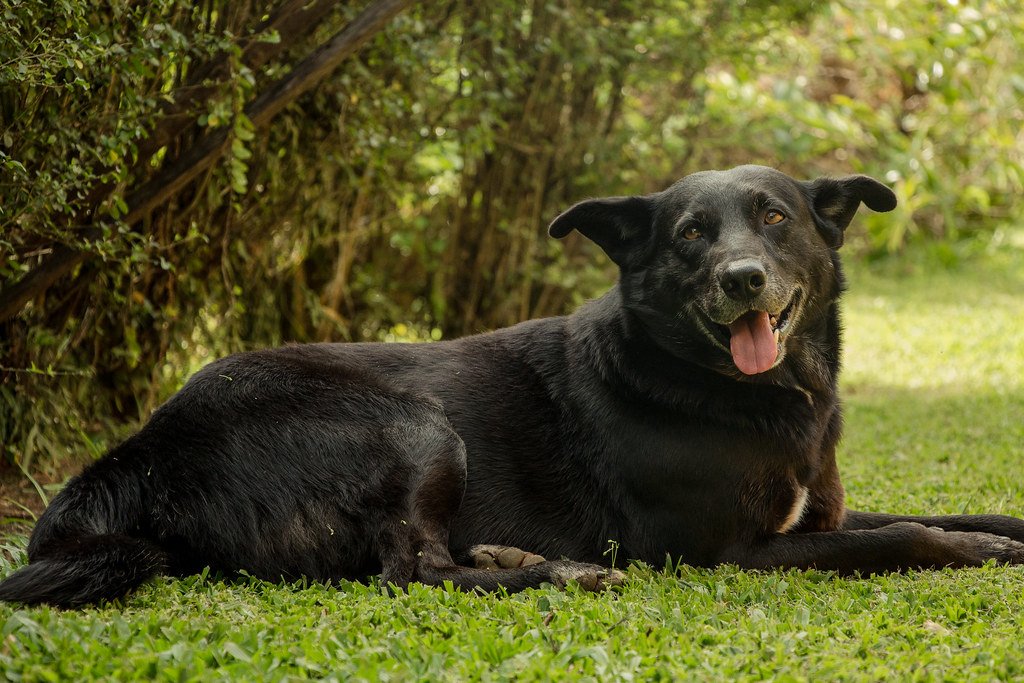
It’s easy to fall into the trap of thinking that black dogs and cats are somehow different than others, but nothing could be further from the truth. In reality, coat color has absolutely no bearing on personality or temperament. Some of the goofiest, most affectionate pets around happen to have black fur. I’ll never forget the first black cat I adopted—he was a whirlwind of cuddles and purrs, a far cry from the “bad luck” myth. Black dogs are just as likely to be loyal, playful, and gentle as any other dog. The myth that color affects character is just that—a myth. When you look past the fur, you find happy, loving companions with so much to give. The challenge is helping others see what’s truly important: the heart inside.
Media Influence: Pop Culture’s Role
From spooky Halloween decorations to villainous movie pets, black animals often get a bad rap in media. Think of all the cartoons, films, and stories where black cats are the witch’s companion or black dogs are cast as scary guard dogs. These portrayals sink into our subconscious, shaping how we view these beautiful creatures. Even social media can play a part; cute pet accounts featuring lighter-colored animals tend to get more likes and shares. This unfair bias trickles down to real life, where people may subconsciously gravitate toward pets that look more “approachable” or “friendly” by society’s standards. It’s a reminder that what we see on screens can influence real choices, often without us even realizing it.
Changing Hearts: How Shelters Are Fighting Back
Animal shelters and rescue groups aren’t taking this issue lying down. Many have launched creative campaigns to highlight the beauty and personality of black dogs and cats. Some organizations hold “Black Dog Friday” or “Black Cat Appreciation” events, offering reduced adoption fees or special photo sessions to bring out the sparkle in their eyes. Volunteers go the extra mile, dressing up kennels or using colorful bandanas and toys to help black animals stand out. Social media campaigns with hashtags like #BlackCatMagic and #AdoptBlackDogs are helping to shift perceptions and celebrate these animals for who they are. These efforts are making a real difference, one heartwarming adoption at a time.
Adoption Success Stories: Bright Spots of Hope
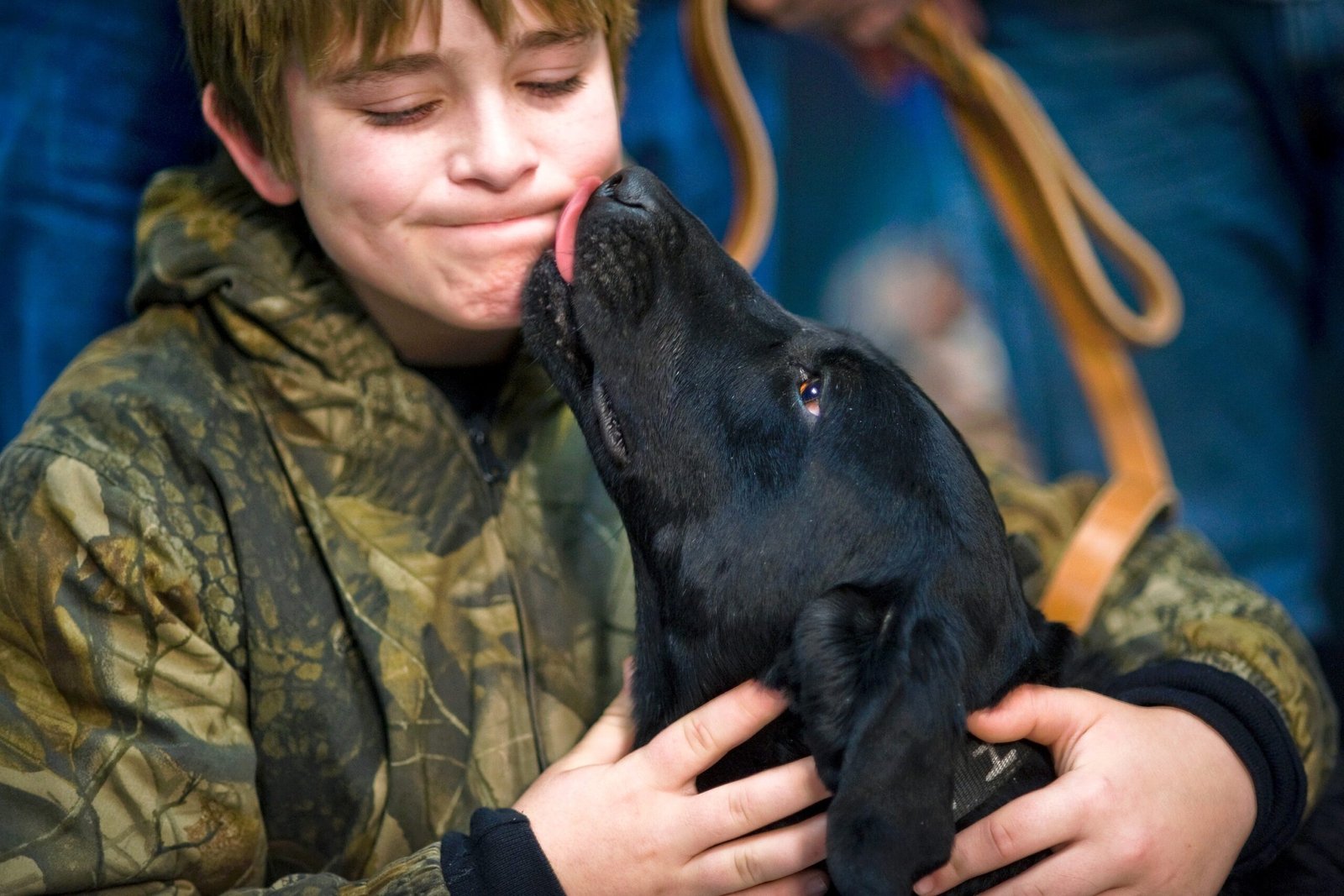
Against the odds, countless black dogs and cats have found their forever homes thanks to the compassion of adopters who looked beyond color. These stories are as inspiring as they come—families who took a chance and discovered a loyal, loving friend for life. I remember a neighbor who adopted a black dog from a local shelter; she told me he changed her life with his goofy grin and boundless affection. Black cats, too, often surprise their new owners with their playful antics and snuggly personalities. Every adoption helps chip away at the stigma and serves as a reminder that love has no color. These success stories are proof that when people open their hearts, magic happens.
What You Can Do: Advocating for Black Pets
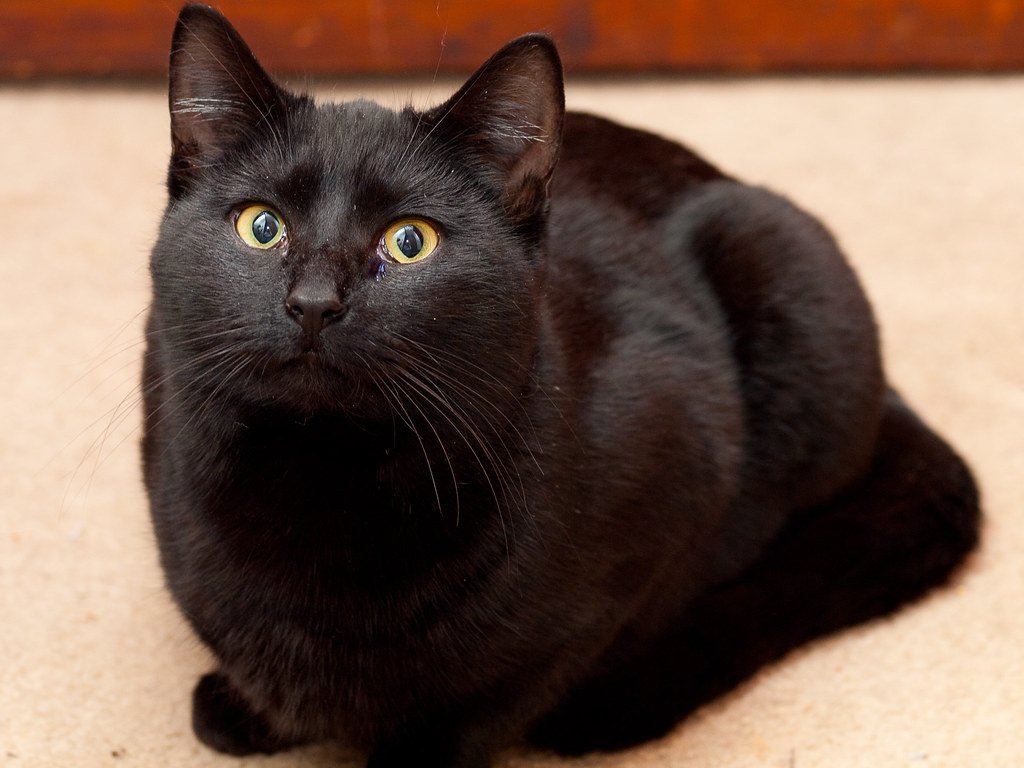
You might wonder how you can help fight Black Dog and Black Cat Syndrome. The answer is simple: spread the word and challenge the myths. If you’re considering adopting, take a second look at the black animals waiting for homes. Share their stories and photos on your social media, and encourage friends to meet them in person. Volunteering at a shelter or fostering a black dog or cat can make a world of difference. Even small gestures, like talking about the issue or supporting shelters financially, help raise awareness. Every voice, every action, nudges the world closer to seeing black pets for the loving companions they truly are.
Why Black Pets Make Incredible Companions

If you’ve never shared your home with a black dog or cat, you might be missing out on something truly special. These animals have a unique charm—their glossy fur, their mysterious eyes, and the way they seem to melt into the shadows during a game of hide-and-seek. They’re loyal, loving, and often incredibly resilient, perhaps because they’ve had to wait a little longer for love. People who adopt black pets often describe a deep, unbreakable bond—a sense of gratitude and joy that’s hard to put into words. There’s something magical about watching a once-overlooked animal blossom into a cherished member of the family. It’s a gift you never forget.
Looking Forward: Hope for a Brighter Future
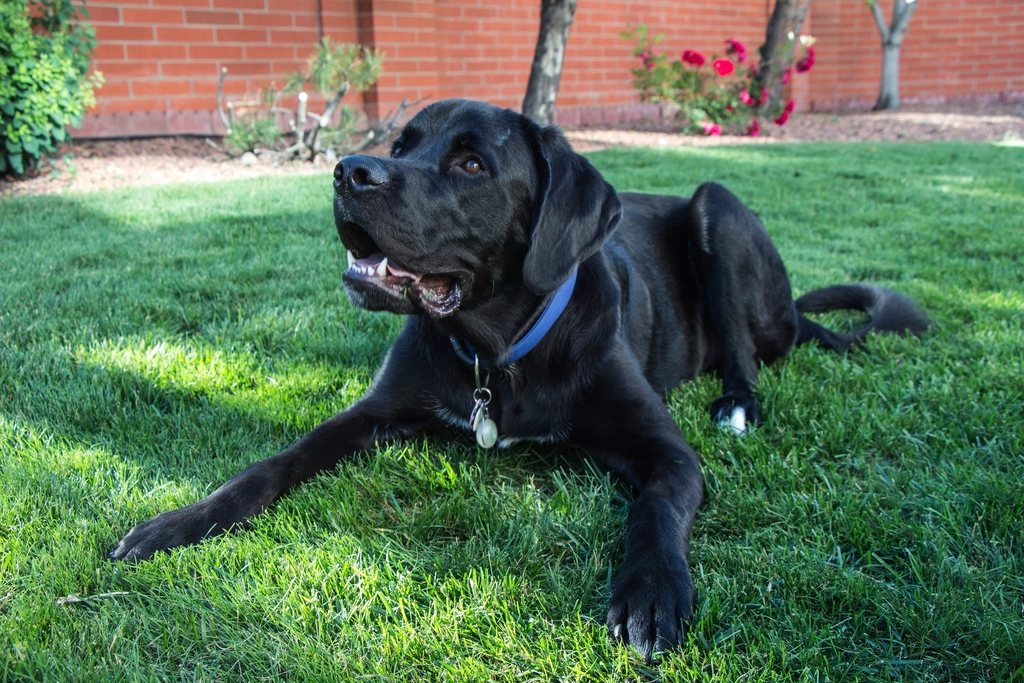
Awareness around Black Dog and Black Cat Syndrome is finally growing, and more people are stepping up to make a difference. Shelters are getting more creative, communities are getting more involved, and the myths are slowly but surely breaking down. With every adoption, the future gets a little bit brighter for these animals. It’s a hopeful sign that someday, all pets—no matter their color—will have an equal chance at finding the loving homes they deserve.
At the end of the day, Black Dog and Black Cat Syndrome is a reminder that even in the pet world, appearances can unfairly influence decisions. By choosing to look beyond the myths and lighting tricks, you might just find the most loyal, loving companion you never expected. These pets are every bit as sweet, smart, and snuggly as any other. So next time you’re thinking about adoption, give that shadowy sweetheart in the corner a second glance—they might be your perfect match.

Born and bred in South Africa, a Capetonian at heart. Amy-Leigh’s love for nature and animals was inherited from her Dad. He loves taking the family on road trips to experience nature at its finest; Amy-Leigh’s favourite being whale watching in Hermanus and spotting Kudu along the West Coast. Amy-Leigh holds a BA in English Literature and Communication Studies.

